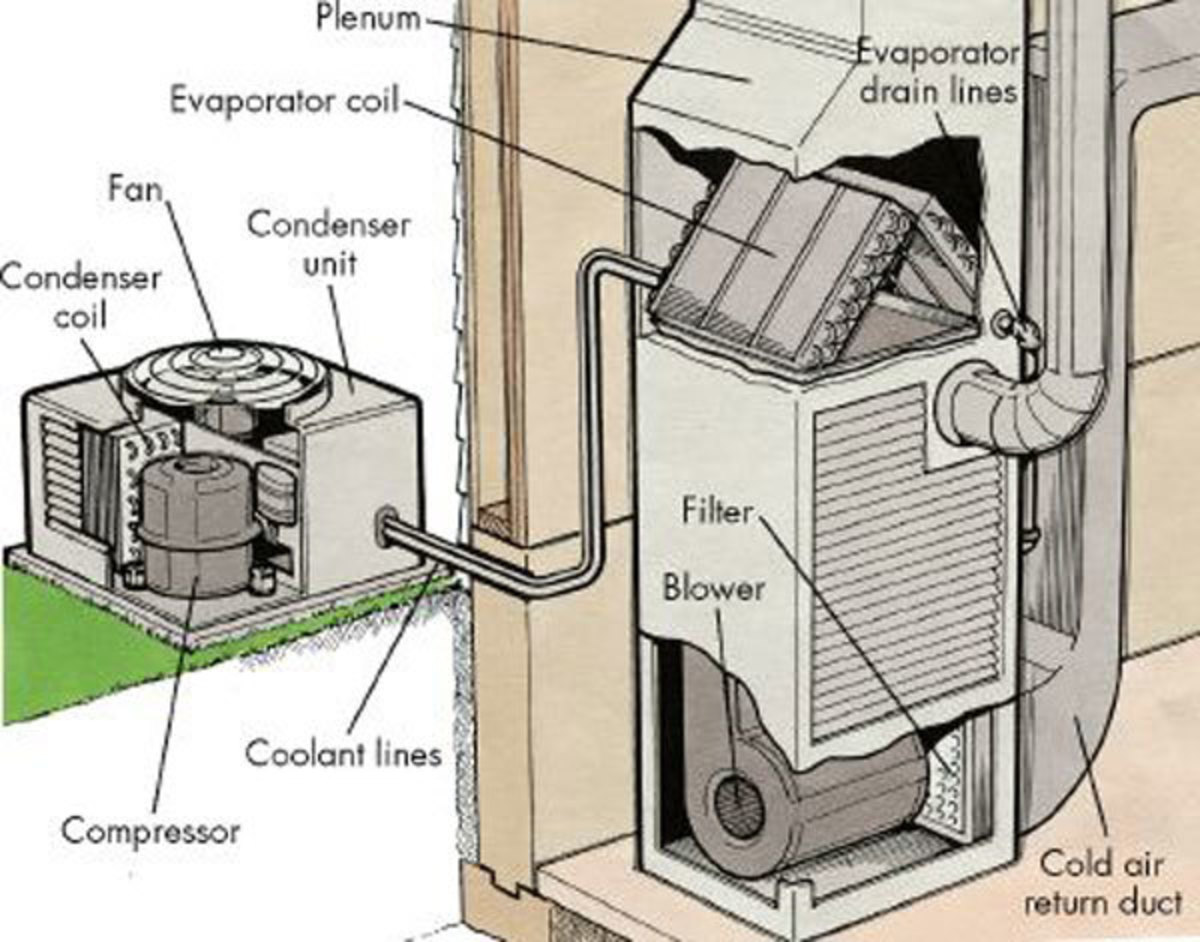
Coleman Evcon Air Conditioner Not Working Sante Blog
What are schematic diagrams? HVAC technicians and those who do repair work have to check and maintain multiple systems with different designs and different placement of parts.

HVAC Diagrams 101 Diagrams
Condenser The condenser is the outside unit of your air conditioning system. It sits outside on the ground and is typically round or square-shaped. The condenser is a very essential part of your system—it's responsible for releasing the heat that your refrigerant has absorbed into the atmosphere.

How to Repair an Air Conditioner That's Not Working
Aircon, AC, and A/C are common terms for air conditioning. It includes a fan to circulate the conditioned air within the room. The enclosed area can be a building or a vehicle. Today, we'll look at the definition, diagram, purposes, parts, types, and operating principle of an air conditioning system. So let's start.

HVAC Diagrams Schematic and System 101 Diagrams
This article series discusses the outdoor components of air conditioners and heat pumps, how they work & how to repair them: how the air conditioning compressor-condenser unit works; the detection of defects in air conditioning compressor and condensing units, including evaluation of air conditioner compressor noises, hard starting, lost cooling.
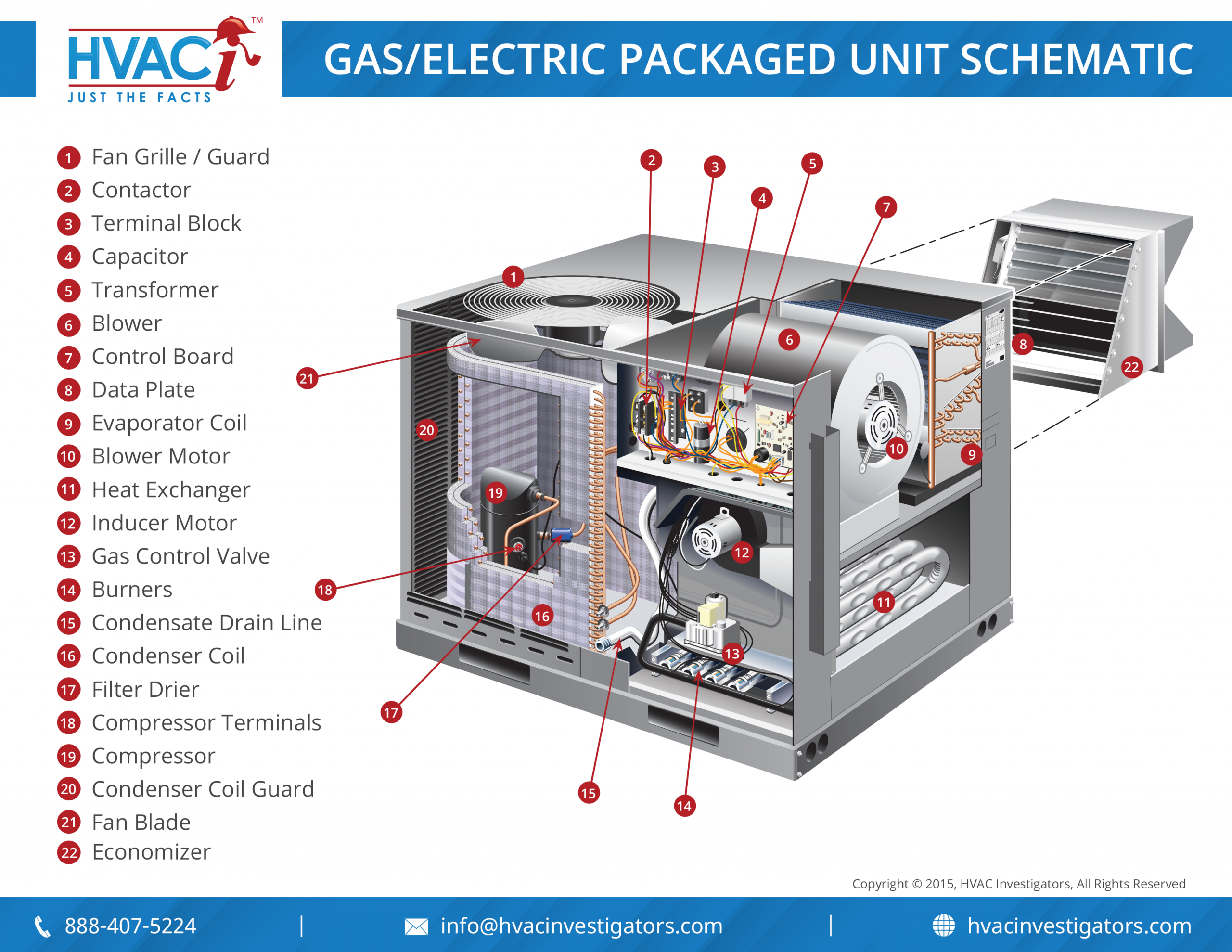
Packaged Air Conditioner Blower Fan • Ideas
DUCTLESS MINI SPLIT SYSTEM AIR CONDITIONER / HEAT PUMP IMPORTANT NOTICE:. system. Be sure to save this manual for future reference. WYT-22 Inverter Series For 9,000-24,000 BTU/hr Systems Parts Diagrams. WT009ALFI22HLD (Indoor Unit) No. Part No. Part Name Quantity Remark 1 41211-000079 Electrical Box Cover 1. (Indoor Unit) No. Part No.

This simple diagram shows you how your HVAC system's ductwork connects, and how it functions to
What Are the Main Parts of an HVAC System? Following is a list of HVAC components we will discuss in this post: Thermostat Heat generator Heat exchanger Blower Condenser Coil or Compressor Evaporator coil Air Ducts and Vents HVAC System Components Diagram

HVAC Packaged Unit Market Global Research Analysis Players
HVAC is a term stemmed from 'Heating, Ventilating, and Air Conditioning', and it is a system that is aimed to provide comfort for indoor areas. Science contributes to identification of various measures for that comfort and thermal control, and HVAC systems will be engineered based on the desired design points.
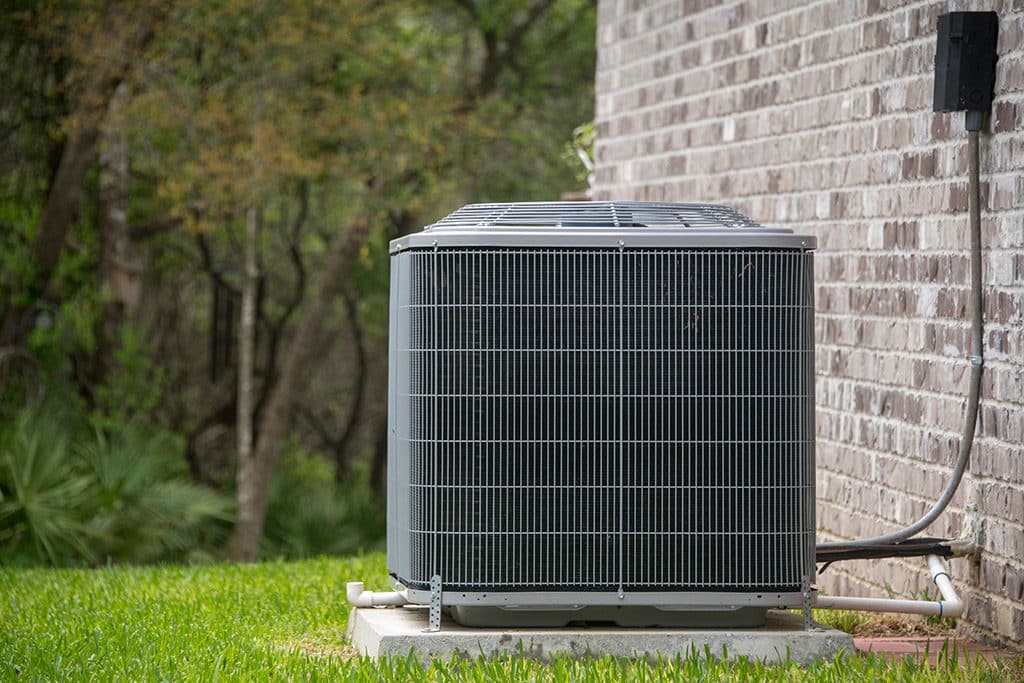
5 Essential Parts of an HVAC System Heating and AC in Fort Worth, TX
The HVAC system consists of 5 key components that are all shown in the diagram above: Compressor - The compressor is the machine inside the air conditioning box outside of your home. It is used to compress refrigerant which simultaneously heats it before the refrigerant goes into the condenser. Condenser Fan - This fan is the visible, noisy.

Air Duct Cleaning Diagram of Your Home's HVAC System
The Tappan Air Conditioning division in 1972, subseqently purchased Trane in 1984, reviving the American-Standard brand in 1988. Since 2007 American Standard has produced only HVAC equpment sold under the Trane brand. See also TRANE AIR CONDITIONERS & HEAT PUMPS; AMERICAN STANDARD AIR CONDITIONER / HEAT PUMP 4A- INSTALLATION GUIDE [PDF] (2012)
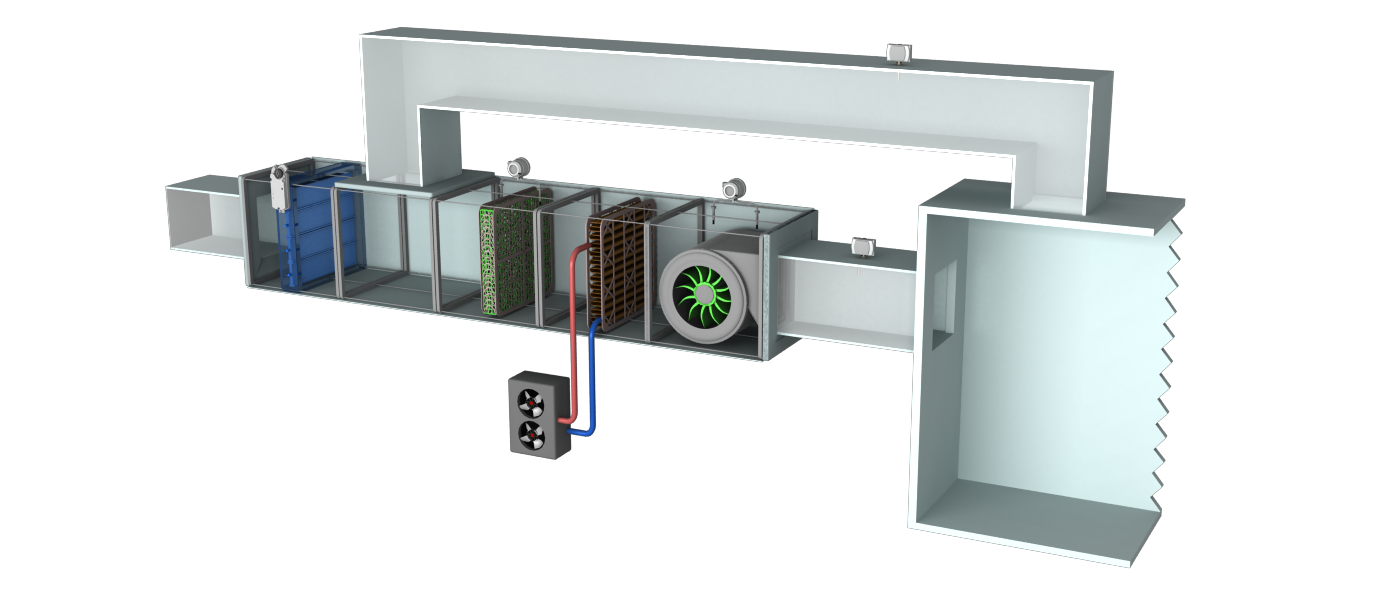
8 Basic HVAC Parts in Every HVAC System ENGINEERING UPDATES
The main parts of an HVAC system include: The Main Unit. Traditional HVAC systems incorporate central air conditioners, heat pumps, furnaces, or boilers as their primary heating and cooling units. While the classic configuration involves a combination of a gas furnace and a central air conditioner, the adoption of heat pumps is growing due to.

Basic Principles of a HVAC system ENGINEERING UPDATES
What happens in heat pumps is the reverse process occurring in an air-conditioning unit, but with the same components as air-conditioners. Therefore, in cold weather, the heat from outside will be transferred inwards.. HVAC System Diagram with important Parts and Components. HVAC stands for Heating, Ventilation, and Air Conditioning. It.

RTU Rooftop Units explained M A N O X B L O G
HVAC stands for Heating, Ventilation, and Air Conditioning. It's a system that's designed to keep your home comfortable and your air quality high, no matter what the weather's like outside. Heating: This part of the system keeps your home warm during those chilly winter months.
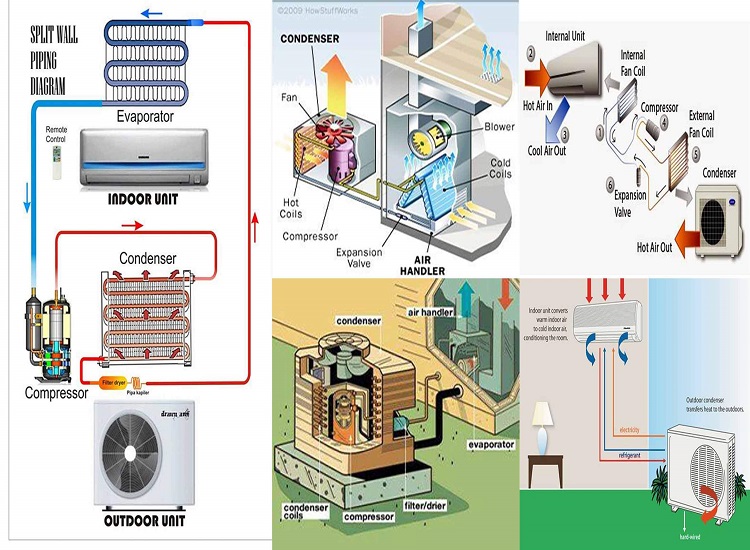
The 6 Most Useful Parts Of Your HVAC System That You Must Know Wcdfurniture
PLENUM The plenum is the metal box that sits on top of your furnace and houses the evaporator coil. CONDENSATE DRAIN The condensate drain is the white plastic (PVC) pipe that runs from your evaporator coil to the drain in your floor, or to the condensate pump that was installed if you don't have a floor drain.

What is HVAC? How does it work? HVAC basics
With that in mind, air conditioning is the most finicky part of the system and is used to size the ducting. Air conditioning units are measured in tons. One ton of A/C will require 400 CFM (2 tons, 800 CFM and so on) of air to be moving across the evaporator coil in order to function at full capacity without complication or stress on the system.
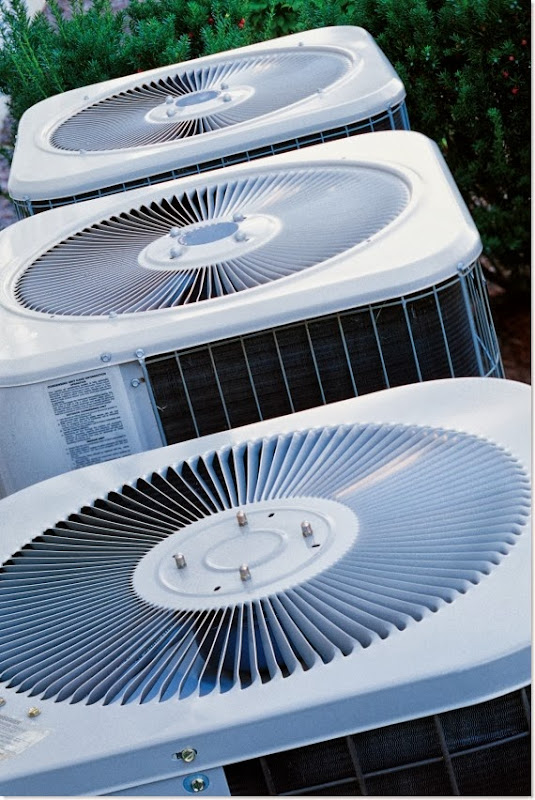
Warding Off Illness by Keeping Up with Furnace and A/C Maintenance Beauty and Personal Grooming
Central air conditioning systems utilize two main components: an outdoor condenser and an indoor evaporator. The outdoor condenser is housed inside a metal cabinet with slats, called fins, along the sides to direct airflow. Condensers are typically located on a concrete pad beside your home, but may also be located on your roof.

Which HVAC Parts to Know
An HVAC system consists of two different parts, the indoor and the outdoor components. When you walk by homes in your neighborhood or even by businesses in urban parts of the city, you'll see a big box either behind the home or on top of the business. This is just one-half of the larger HVAC system. The Air Conditioner Equipment